Provincia Iudaea was a Roman province immediately after King Herod’s death. The Province was formed out of the territories of the Hasmonean kingdom and the Herodian kingdom. During its existence in the province of Judaea Jesus was crucified between 30 and 33 CE, the great revolt of Judea in Rome began in 66, the siege of Jerusalem was laid and the Second Temple was destroyed by the Romans in 70 CE.
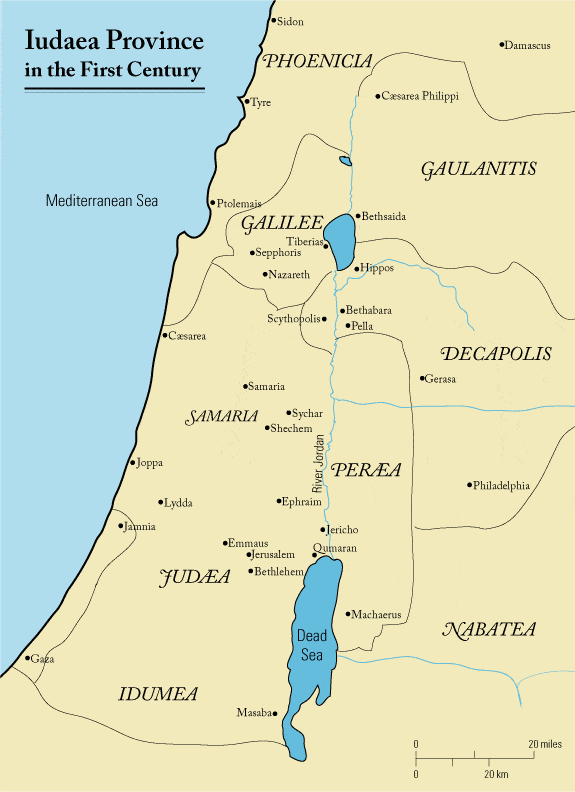
Provincia Iudaea – Some Background
During the third century BCE, the Roman Empire expanded and strengthened to the east towards Syria. Rome’s first intervention in the region was in 63 BCE, after the Mithridatic Wars when Rome formed the province of Syria. After the defeat of Mithridates VI, King of Pontus, Pompey looted Jerusalem and made John Hyrcanus II the Athenarch and High Priest of the province.
Julius Caesar later appointed Antipater as the first Roman governor of the province. Herod, the son of Antipater, became the “King of the Jews” by the decision of the Roman Senate in 40 BCE but he was not in charge of the army until 37 BCE. During his reign, the last Hasmonean dynasty leaders were eliminated, and the port of Caesarea was established.
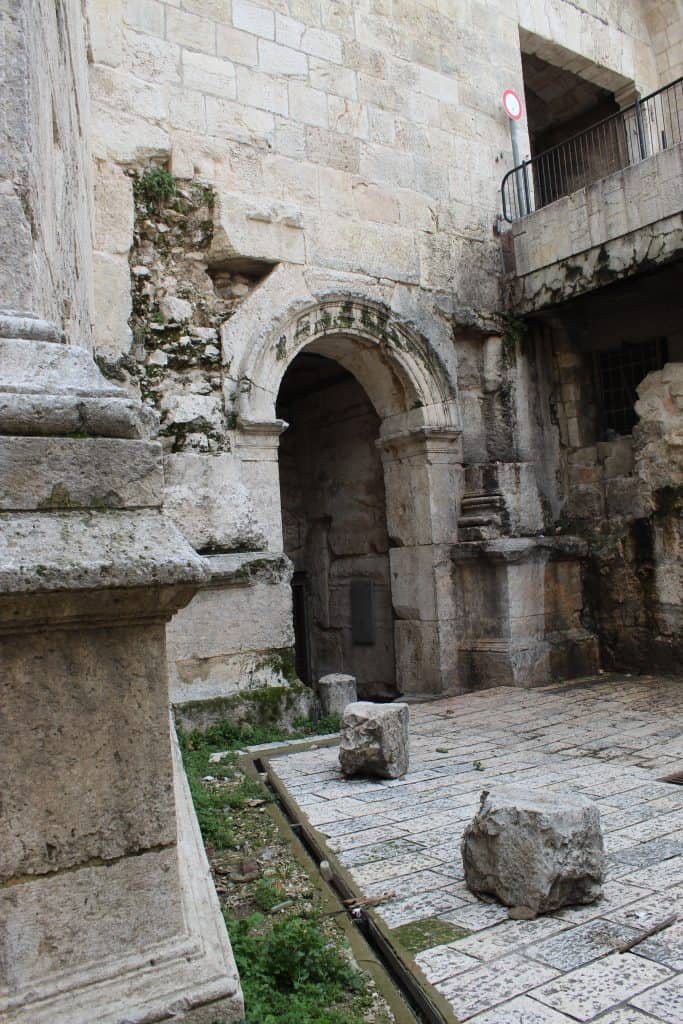
(Credit: David Bena – CC BY-SA 4.0)
Herod died in 4 BC, and his kingdom was divided between his three sons – two of them (Philip and Herod Antipas) became Tetrarchs, and one of them (Archelaus) became the Ethanarch who ruled half of his father’s kingdom.
One of these principalities was Judea, which stretched over the area where the historic kingdom of Judah stretched, in addition to the area of Samaria and Edom. Herod’s son, Archelaus, was such a bad ruler that the Roman emperor Augustus decided in 6 CE to remove him from office. Herod Antipas was the Tetrarch of the Galilee region from 4 BCE to 39 CE and was later deposed by Caligula. Herod’s second son, Philip, ruled the northeastern part of his father’s kingdom.
Provincia Iudaea – The History of the Province
In 6 CE the tetrarchy of Archelaus (which included the regions of Judea, Samaria, and Edom) now passed under the direct control of Rome. The province of Judea did not initially include the Galilee region, the Golan Heights, or Perea, or Decapolis. The tax revenue collected from the inhabitants of the province was of relatively little importance to Rome, however, the importance of the province was that through it the land and sea routes passed to Egypt and it also formed a buffer zone between Rome and the Parthian Empire. It was initially decided that the provincial capital of the province would be Caesarea Maritima and not Jerusalem.
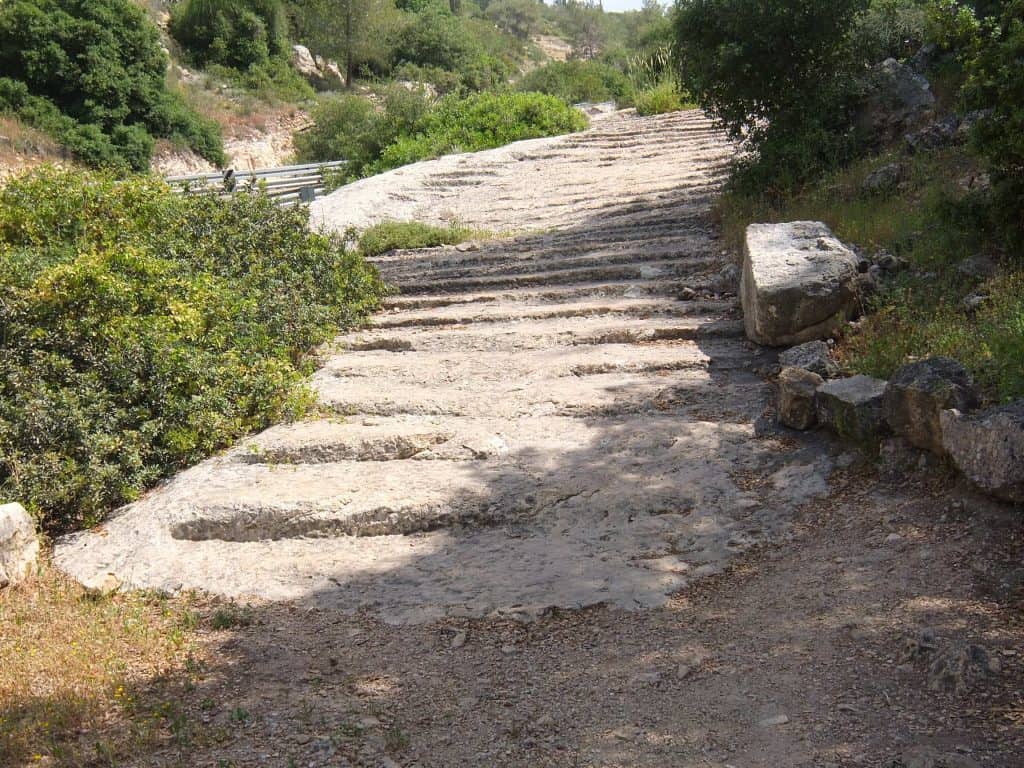
(Credit: David Bena CC BY-SA 4.0)
Provincia Iudaea Under A Prefect (6 – 41)
Augustus appointed Publius Sulpicius Quirinius to the post of Legate of Syria and he conducted the first Roman tax census of Syria and Judea, which triggered the revolt of Judas of Galilee; the revolt was quickly crushed by Quirinius.
Judea was not a senatorial province, nor an imperial province, but instead was a “satellite of Syria” governed by a prefect who was a Knight of the Equestrian Order (as was that of Roman Egypt), not a former consul or praetor of senatorial rank. Quirinius appointed Coponius as the first prefect of Judea.
In 30-33 CE, Roman prefect Pontius Pilate, at the request of the Jewish authorities, had Jesus of Nazareth crucified on the charge of sedition, an act that led to the birth of Christianity. Then in 36 CE another messianic revolt erupted near Mount Gerizim, under the lead of a Samaritan Jew, and was quickly crushed by Pilate; the Samaritans complained against Pilate’s brutality to the Legate of Syria Lucius Vitellius the Elder, who removed Pilate from his post and sent him to Rome to account, replacing him with an acting prefect called Marcellus.
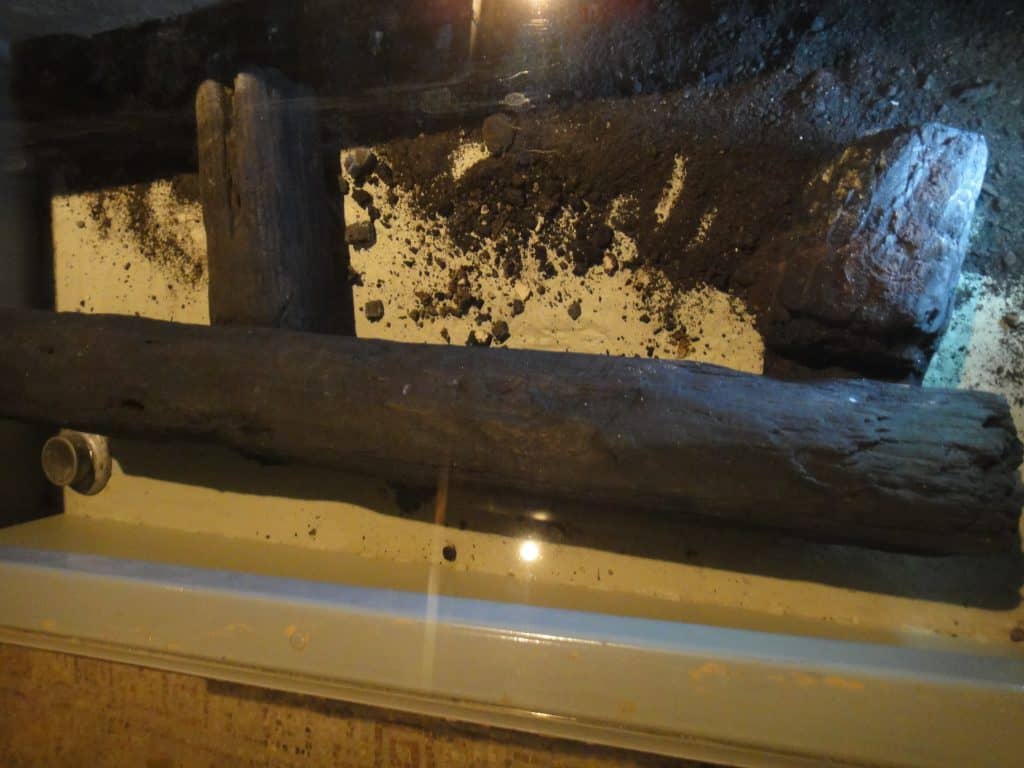
The First CrisisUnder Caligula
In 37 CE, Emperor Caligula ordered the erection of a statue of himself in the Jewish Temple of Jerusalem, a demand in conflict with Jewish monotheism. The Legate of Syria, Publius Petronius, fearing civil war if the order was carried out, delayed implementing it for nearly a year. King Herod Agrippa, I finally convinced Caligula to reverse the order. Caligula later issued a second order to erect his statue in the Temple of Jerusalem. Still, he was murdered before the statue reached Jerusalem, and his successor Claudius rescinded the order. The “Crisis under Caligula” has been proposed as the first open break between Rome and the Jews.
Provincia Iudaea – Autonomy under Herod Agrippa (41–44)
Between 41 and 44 CE, Judea regained its nominal autonomy when Herod Agrippa was made King of the Jews by the emperor Claudius, thus in a sense restoring the Herodian dynasty, although there is no indication that Judea ceased to be a Roman province simply because it no longer had a prefect.
Claudius had decided to allow, across the empire, procurators, who had been personal agents to the Emperor often serving as provincial tax and finance ministers, to be elevated to governing magistrates with full state authority to keep the peace. He may have elevated Judea’s procurator to imperial governing status because the imperial legate of Syria was not sympathetic to the Judeans.
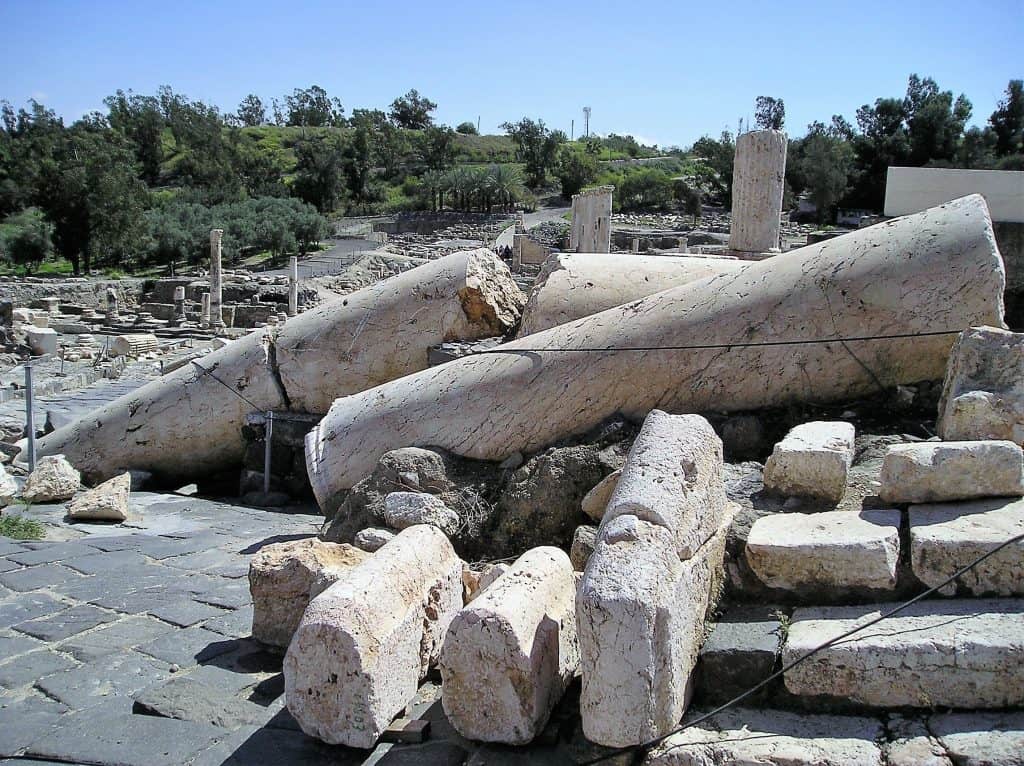
Under A Procurator (44–66)
Following Agrippa’s death in 44, the province returned to direct Roman control, incorporating Agrippa’s personal territories of Galilee and Peraea, under a row of procurators. Nevertheless, Agrippa’s son, Agrippa II was designated King of the Jews in 48. He was the seventh and last of the Herodians.
Between the years 66-70 follows the Great Revolt.
Under a legate (70–132)
From 70 until 135 Judea’s rebelliousness required a governing Roman legate capable of commanding legions. Because Agrippa II maintained loyalty to the Empire, the Kingdom was retained until he died, either in 93/94 or 100, when the area returned to complete, undivided Roman control.
Judaea was the stage of two, possibly three, major Jewish–Roman wars:
66–70 CE– First Jewish–Roman War:
The first Jewish War between the years 66-74 was resulting in the siege of Jerusalem, the destruction of Herod’s Temple, and ending with the siege of Masada in 73–74. Before the war Judaea was a Roman province of the third category, that is, under the administration of a procurator of equestrian rank and under the overall control of the governor of Syria.
After the war, it became an independent Roman province with the official name of Judaea and under the administration of a governor of praetorian rank and was therefore moved up into the second category (it was only later, in about 120, that Judaea became a consular province, that is, with a governor of consular rank).
Second Jewish-Roman War
The Kitos War in 155-117 (Second Jewish-Roman War); Judea’s role in it is disputed though, as it played itself out mainly in the Jewish diaspora and there are no fully trustworthy sources on Judea’s participation in the rebellion, nor is there any archaeological way of distinguishing destruction levels of 117 CE from those of the major Bar Kokhba revolt of just a decade and a half later.
Bar Kokhba’s revolt 132-135 (Third Jewish-Roman War); Following the suppression of Bar Kokhba’s revolt, the emperor Hadrian changed the name of the province to Syria Palaestina and Jerusalem became Aelia Capitolina. Scholars believe this was done to erase the historical ties of the Jewish people to the region. However, this did not prevent the Jewish people from referring to the country in their writings as “The Land of Israel”.
Division Into Three Provinces (135)
Under Diocletian (284–305) the region was divided into three provinces:
Palaestina Prima (Judea, Samaria, Idumea, Peraea, and the coastal plain, with Caesarea Maritima as the capital)
Secunda (Galilee, Decapolis, and Golan, with Beth-Shean as the capital)
Palaestina Tertia (the Negev desert, with Petra as the capital).







